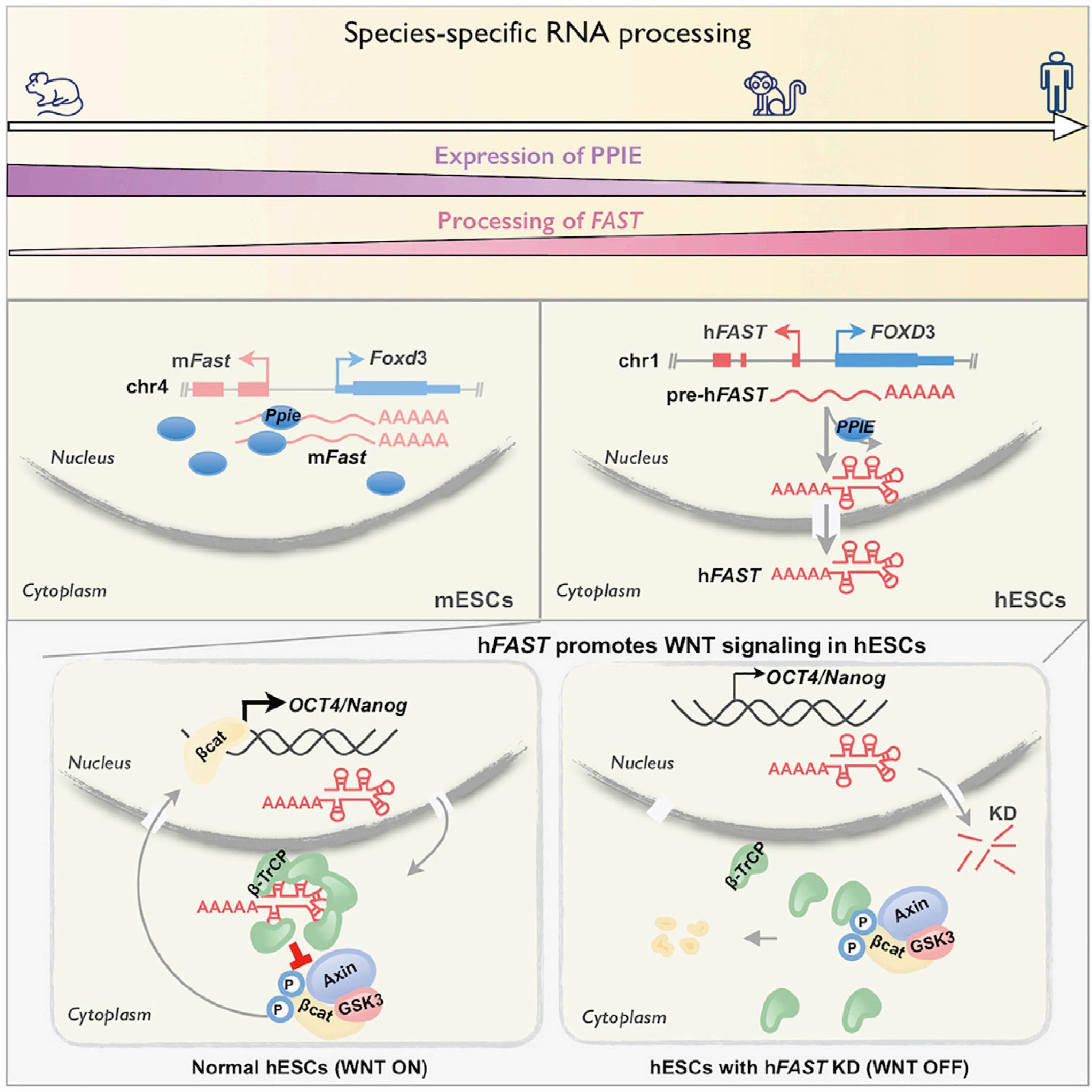• Adenovirus Service • AAV Service • Lentivirus Service • Retrovirus Service




In a new study, researchers from St. Jude Children's Research Hospital in the United States visually observed the structure of previously unknown ABL kinase, thereby providing new insights for the design of targeted therapies for adult and childhood cancer patients. This research will advance the understanding of drug resistance produced by cancer-targeted drugs. The relevant research results were published online in the Journal of Science.

Recently, in a research report published in the international journal Nature Genetics, scientists from Cambridge University and other institutions discovered for the first time that a four-stranded DNA structure (G-quadruplexes, G-quadruplexes) may play a key role in the occurrence of specific types of breast cancer. The results of related studies may provide potential new targets for the development of personalized breast cancer therapies.

Hematopoiesis is affected by biological stresses, such as infections, inflammation, and specific drugs. Recently, in a research report published in the international journal of Blood, scientists from Tokyo Medical and Dental University identified a new type of cell surface marker through research, which can help accurately analyze the response of the hematopoietic process to biological stress.

In a research report published in the international journal Proceedings of the National Academy of Sciences, scientists from institutions such as the Caroline Academy in Sweden revealed how special lymphocyte populations can abandon their regulation in the immune system through research Role to promote the occurrence of autoimmune diseases, relevant research results may provide new ideas and direction for scientists to develop new treatments for autoimmune diseases.

In the past 18 months, 11 gene editing research and development projects have entered the clinical development stage in the United States or the European Union, 6 of which are based on the CRISPR-Cas gene editing system. Recently, a review published in Nature Reviews Drug Discovery conducted an in-depth inventory of the gene editing R&D pipeline.

Long noncoding RNAs (lncRNAs) contain more than 200 nucleotides, lack protein-coding potential, and are widely transcribed in eukaryotic cell genes. At present, studies have shown that lncRNAs play a key role in gene expression in various cells and biological processes. Unlike conserved mRNAs, lncRNAs lack high sequence or secondary structure conservation. lncRNA conservation can also occur at the position and mechanism-of-action levels. Transcription of positionally conserved lncRNAs with nearby conserved coding genes among different species has been recognized as an indicator of potential functional significance. However, whether lncRNA processing is conserved and how processing contributes to its compartmentalization and function in different species remain unexplored.

Oncolytic viruses (OVs) are natural or recombinant viruses that prefer to infect cancer cells. This feature has made them one of the main current research topics on cancer therapeutics and the significant element in the future of cancer treatment. Over the past two decades, there has been growing evidence that OVs are effective in treating cancer in both preclinical models and clinical trials. The most tested OVs in preclinical and clinical trials include the Herpes simplex virus (HSV), adenovirus (AdV) and Vaccinia virus (VV). In one study, an oncolytic HSV (T-VEC) coding for granulocyte/macrophage-colony stimulating factor (GM-CSF) was administered by direct intratumoral injection to patients with metastatic malignant melanoma and this resulted in complete regressions of injected and uninjected lesions in eight of 50 patients. In addition to the single therapy, T-VEC has also been used in combination with radiotherapy and cisplatin in clinical trials to treat stage III/IV head and neck cancer. An oncolytic vaccinia virus (JX-594) armed with GM-CSF, showed hopeful results in preclinical and clinical trials treating liver cancers.

The construction of an animal model of new coronavirus can not only help us understand the pathological characteristics of the disease, but also help the development of drugs and vaccines. How do monkeys, mice and ferrets help scientists study new coronavirus? Recently, The magazine of Nature interviewed several scientists to understand their choices and opinions on different animal models.

Several members of the Coronaviridae family continue to spread through the population and usually cause mild respiratory diseases. In contrast, severe acute respiratory syndrome coronavirus (SARS-CoV) and Middle East respiratory syndrome coronavirus (MERS-CoV) are transmitted from animals to humans and cause severe respiratory diseases SARS and MERS in patients, respectively. SARS appeared in Guangdong, China in 2002, and subsequently spread globally, causing 8096 cases and 774 deaths. Intermediate hosts such as civets promote transmission in humans. Currently, there are no antiviral drugs or approved vaccines to treat SARS, and the SARS epidemic of 2002-2003 was finally stopped through routine control measures, including travel restrictions and patient isolation.

The 2019 novel coronavirus (2019-nCoV) has spread rapidly since its identification in patients with severe pneumonia in Wuhan, China. As of 14 February 2020, 2019-nCoV has been reported in 25 countries across 4 continents and >60,000 cases have been confirmed, with an estimated mortality risk of ~2%.